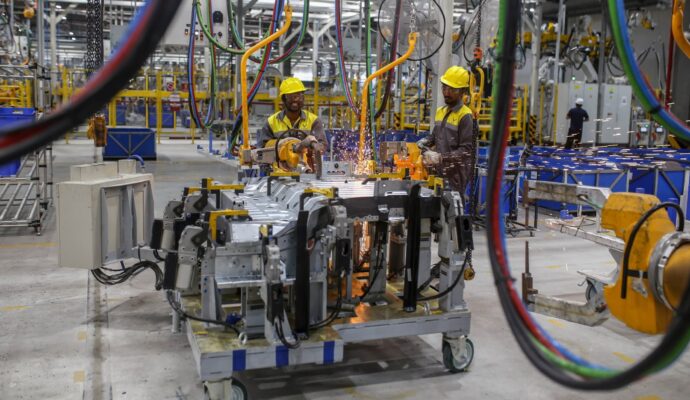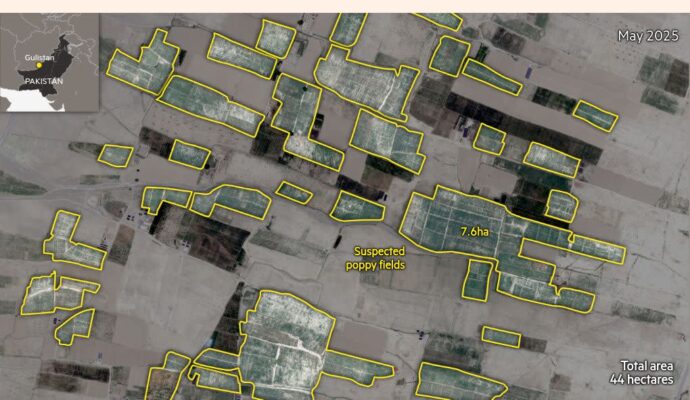Stay informed with free updates
Simply sign up to the Artificial intelligence myFT Digest — delivered directly to your inbox.
China has unveiled a sweeping plan to expand its role in artificial intelligence governance including the creation of a global co-operation organisation as Beijing vies with Washington for technological leadership.
Speaking at the opening of the World Artificial Intelligence Conference (WAIC) in Shanghai on Saturday, Chinese premier Li Qiang said AI innovation was hindered by “bottlenecks” such as the supply of computer chips.
Without explicitly mentioning the US, he took aim at “technological monopolies” and restrictions which could lead to AI becoming “an exclusive game for a few countries and companies”.
“Currently, overall global AI governance is still fragmented. Countries have great differences, particularly in terms of areas such as regulatory concepts [and] institutional rules,” Li said.
“We should strengthen co-ordination to form a global AI governance framework that has broad consensus as soon as possible,” he said, adding that China would help create “a world AI co-operation organisation”.
After Li spoke, the foreign ministry published a 13-point plan for the global governance of AI that proposed the creation of two new AI dialogue mechanisms under the auspices of the UN and a safety governance framework.
In recent months, Beijing has promoted China’s “open” innovation and willingness to “share indigenous technologies”. The country’s top AI groups, DeepSeek and Alibaba, have made their large language models (LLMs) available to developers worldwide as open-source technology.
China’s plan includes a push for greater co-operation on open-source technology through new transnational platforms and developer communities, and sharing of crucial software and hardware such as semiconductors.
The country’s swath of advanced open-source LLMs has raised concerns in the US that low-cost Chinese tech will undermine Silicon Valley’s global dominance and pricing.
Li’s comments reflect the intense rivalry with the US over the technology, with Washington restricting exports to China of advanced semiconductors and the equipment used to make them, and pressing allies to do the same.
China has still managed to make advances, with the release of an LLM by Hangzhou-based DeepSeek this year that sparked a debate about whether the US could maintain its technological edge.
“We are willing to provide more Chinese solutions to the international community and contribute more Chinese wisdom to global artificial intelligence governance,” Li said, adding that AI would be a new engine of economic growth.
He said China was especially eager to share technologies with countries in the global south to “make the achievements of AI development better benefit the world”.
China’s foreign ministry said it had invited high-level representatives from more than 40 countries and international organisations to attend the AI conference and exhibition, which is taking place over four days.
WAIC has attracted more foreign visitors this year, in sharp contrast to what was a largely domestic conference in 2024. Former Google chief Eric Schmidt, Nobel Prize laureate Geoffrey Hinton and Canadian computer scientist Yoshua Bengio are all due to give talks.
China’s plan comes days after the White House unveiled a plan to achieve US dominance in AI. It focused on accelerating innovation by cutting red tape, building infrastructure and ensuring the US led in international AI diplomacy and security.
It also called for the US to counter the influence of Chinese companies, which it said were frustrating efforts to build AI frameworks in line with American values at international bodies.
This month, Washington lifted a ban on Nvidia selling its H20 chip, which had been tailored for China and to comply with export controls. The pivot came after Nvidia chief executive Jensen Huang issued stark warnings that cutting it out of the Chinese market would cede tech leadership to its rival Huawei.


